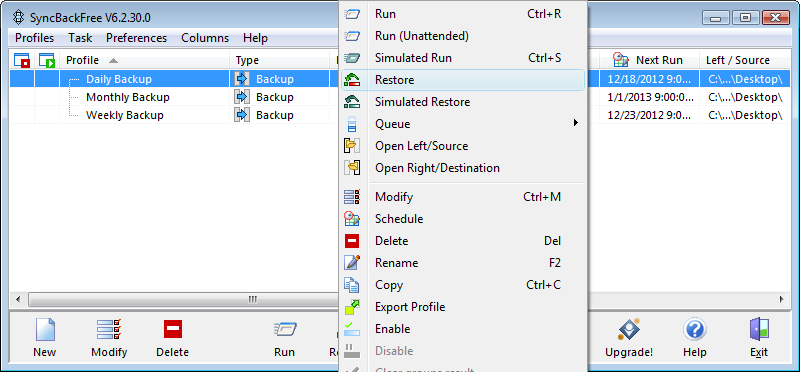

It's easy to use, and the backup and sync feature can be used to backup your files to a USB drive on a PC as well as in the cloud. It's hard to beat Google Drive for its simplicity.

Find your files on most desktops or mobile devices Google Drive.Īll versions of Google Drive, personal, pro, or enterprise, come with support for documents, spreadsheets, and presentations, as well as video and voice conferencing. Copy files from your computer, smartphone, or memory cards to the cloud. Google Drive offers Backup and Sync for individual users, and it simply does what it says on the tin. It’s hard to beat Google Drive as a basic backup, syncing and sharing solution if you are a small business or a personal user. In general, dedicated file syncing solutions also come with additional tools not just for managing your saved data but also for managing user access and permissions, to allow for file sharing and collaboration (opens in new tab) with stored files. This is especially important due to many office environments now allowing documents to be used collaboratively, but for security purposes correct user permissions need to be in place. However, do note that standalone cloud storage services can be more variable, as while they will sync data from a main folder, they may not also sync to an additional source, such as a USB drive, which can be important for a 3-2-1 Backup (opens in new tab) strategy plan. While there are general solutions for online storage, syncing has the advantage of updating as your files in real-time, so you always have a current and up-to-date copy of what you need.

Step 4. Boot your computer from the cloned SSD in the BIOS setting.File syncing is a feature usually included with backup software, in order to make it easier to manage and recover data as and when required. These days file syncing solutions are usually delivered through cloud-services, making it easier to sync, save, and secure your data. Then click "Continue" to start the cloning process. Choose the HDD as the source disk and SSD as the target disk. Step 3. Launch EaseUS Disk Copy, and select the "Disk mode". It means converting GPT to MBR, or vice versa, to make it the same style as the source HDD. Then connect the disk's power splitter adapter cable to the power supply box.) If you are using a desktop, open the host chassis with a screwdriver and connect the SSD to the mainboard. (If you are using a laptop, use the SATA to USB to connect it. Step 1. Connect the SSD to your computer. When you prepare them well, follow the steps to clone HDD to SSD: A new and empty SSD that is larger than the source HDD.Before hard drive cloning, you need to prepare some tools to make the process smooth:


 0 kommentar(er)
0 kommentar(er)
